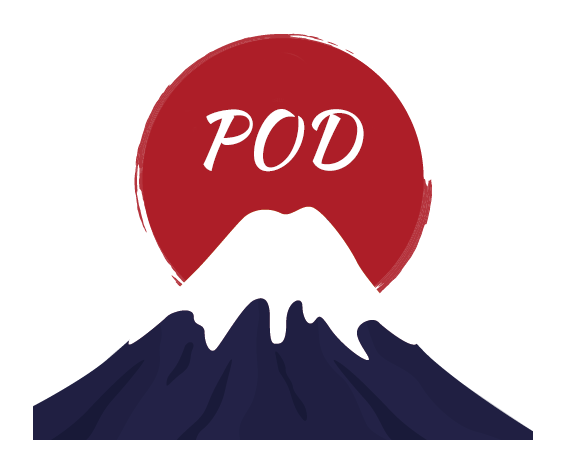Ukiyo-e, translating to "pictures of the floating world," is a traditional Japanese art form that emerged during the Edo period (1603-1868). Initially, it was a popular medium for mass-produced woodblock prints depicting scenes from the pleasure districts of Japan. However, over time, Ukiyo-e evolved to encompass a wide range of subjects, including nature, historical events, and famous actors. Despite its historical roots, the question arises: is Ukiyo-e still relevant in the modern art world?
At first glance, one might argue that Ukiyo-e is an outdated art form, confined to the cultural context of old Japan. After all, contemporary art movements such as abstract expressionism and conceptual art dominate the global art scene. However, a deeper examination reveals that Ukiyo-e possesses a timeless appeal that transcends its origins.
One aspect that makes Ukiyo-e relevant in the modern art world is its distinctive visual style. Ukiyo-e prints often feature bold outlines, vibrant colors, and intricate details, creating a visually striking composition. This style has influenced numerous Western artists, including Vincent van Gogh and Claude Monet, who incorporated aspects of Ukiyo-e into their works. The distinctiveness of Ukiyo-e aesthetics continues to captivate audiences and inspire contemporary artists who embrace its unique visual language.
Furthermore, Ukiyo-e offers a glimpse into the social and cultural history of Japan. These prints depict various aspects of daily life, from the world of geishas to bustling street scenes. They provide a window into a bygone era, allowing viewers to connect with the past and gain a deeper understanding of Japanese culture. In our increasingly globalized world, where cultural heritage is often overlooked, Ukiyo-e serves as a reminder of the importance of preserving and appreciating our shared history.
In addition, Ukiyo-e has the ability to bridge traditional and modern artistic practices. Contemporary artists are increasingly experimenting with combining Ukiyo-e techniques with new mediums, such as photography and digital art. This fusion of old and new creates innovative and engaging artworks that challenge traditional notions of what Ukiyo-e can be. By adapting Ukiyo-e to contemporary practices, artists are able to create a dialogue between past and present, highlighting its ongoing relevance.
Moreover, Ukiyo-e's themes of transience, beauty, and the ephemeral nature of life still resonate with audiences today. In a world characterized by rapid change and fleeting moments, Ukiyo-e's focus on capturing the transient beauty of everyday life remains relevant. Its messages of appreciating the present moment and finding beauty in the ordinary have a universal appeal that transcends time and culture.
In conclusion, Ukiyo-e proves its relevance in the modern art world through its distinctive visual style, its ability to provide a window into the past, its fusion of traditional and modern practices, and its enduring themes. While contemporary art forms may dominate the global art scene, Ukiyo-e's timeless appeal continues to captivate audiences and inspire artists worldwide. Its ability to bridge the gap between tradition and innovation ensures that it remains a relevant and cherished art form in the modern world.
Related recommendations:
Products designed and printed with the 10 most popular ukiyo-e themes.

